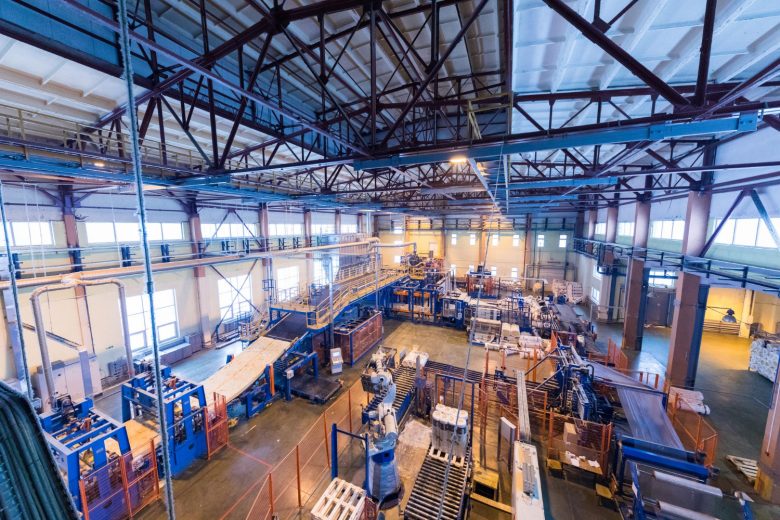Embarking on the journey of establishing a manufacturing business brings excitement, yet it frequently involves substantial initial expenditures. Nonetheless, by adopting strategic planning and prioritizing cost-saving strategies, entrepreneurs can cut down on costs without sacrificing operational quality. An impactful strategy involves considering the acquisition of used equipment, a move that can substantially lessen the need for a substantial initial capital investment.
Buying Used Equipment
One of the most substantial expenses when setting up a manufacturing business is the acquisition of machinery and equipment. Opting for used equipment offers a cost-effective alternative to buying brand-new machinery. Many businesses sell their well-maintained, pre-owned equipment at a fraction of the cost, making it a smart choice for startups. Before making any purchases, thoroughly inspect the equipment to ensure it meets safety standards and is in good working condition. Partnering with a reputable used industrial equipment provider helps to acquire essential machinery at a fraction of the expense.
Research and Negotiation
Extensive research on equipment suppliers, material providers, and service providers is crucial for finding the best deals. Negotiating with suppliers can often lead to more favorable terms, bulk discounts, or even customized payment plans. Establishing strong relationships with vendors can also open the door to future cost-saving opportunities.
Leasing vs. Purchasing
Consider leasing certain equipment instead of buying it outright. Leasing allows businesses to access the necessary tools without a substantial upfront investment. This is particularly beneficial for equipment needing regular updates or being subject to rapid technological advancements. Leasing also provides the flexibility to upgrade machinery as the business grows.
Energy-Efficient Practices
Implementing energy-efficient practices not only aligns with sustainability goals but also helps to reduce operational costs. Invest in energy-efficient equipment, lighting, and heating, ventilation, and air conditioning (HVAC) systems. Additionally, train employees on energy-saving practices to create a culture of efficiency within the organization.
Automation and Technology Integration
Embrace automation and technology to simplify processes and increase productivity. While the initial investment in automation may seem high, the long-term benefits often outweigh the costs. Automation can enhance production efficiency, reduce labor costs, and minimize errors, ultimately contributing to substantial savings over time.
Lean Manufacturing Principles
Implement lean manufacturing principles to remove waste and optimize production processes. Conduct a thorough analysis of workflows to identify areas where improvements can be made. Reducing excess inventory, optimizing production schedules, and minimizing downtime can contribute significantly to cost savings.
Employee Training and Cross-Training
Properly trained employees are more efficient and less prone to errors, reducing the likelihood of costly mistakes. Cross-train employees to perform multiple tasks, ensuring flexibility in production and avoiding the need for specialized personnel for every aspect of the manufacturing process.
Government Incentives and Grants
Explore government incentives and grants designed to support new businesses, especially those in manufacturing. Many governments offer financial assistance, tax credits, or subsidies for businesses that focus on sustainability, innovation, or job creation.
Effective Waste Management
Develop a waste management strategy to minimize material wastage and disposal costs. Implement recycling programs, reuse materials where possible, and explore partnerships with suppliers who prioritize sustainable and cost-effective practices.
Collaboration and Networking
Join industry associations, attend trade shows, and participate in networking events. Collaborating with other businesses in the manufacturing ecosystem can lead to shared resources, bulk purchasing discounts, and valuable insights that contribute to cost savings.
In conclusion, launching a manufacturing business with cost-effectiveness in mind involves a combination of strategic decisions and smart operational practices. By exploring the options mentioned above, entrepreneurs can significantly reduce startup expenses while building a strong foundation for a successful and sustainable manufacturing enterprise.










